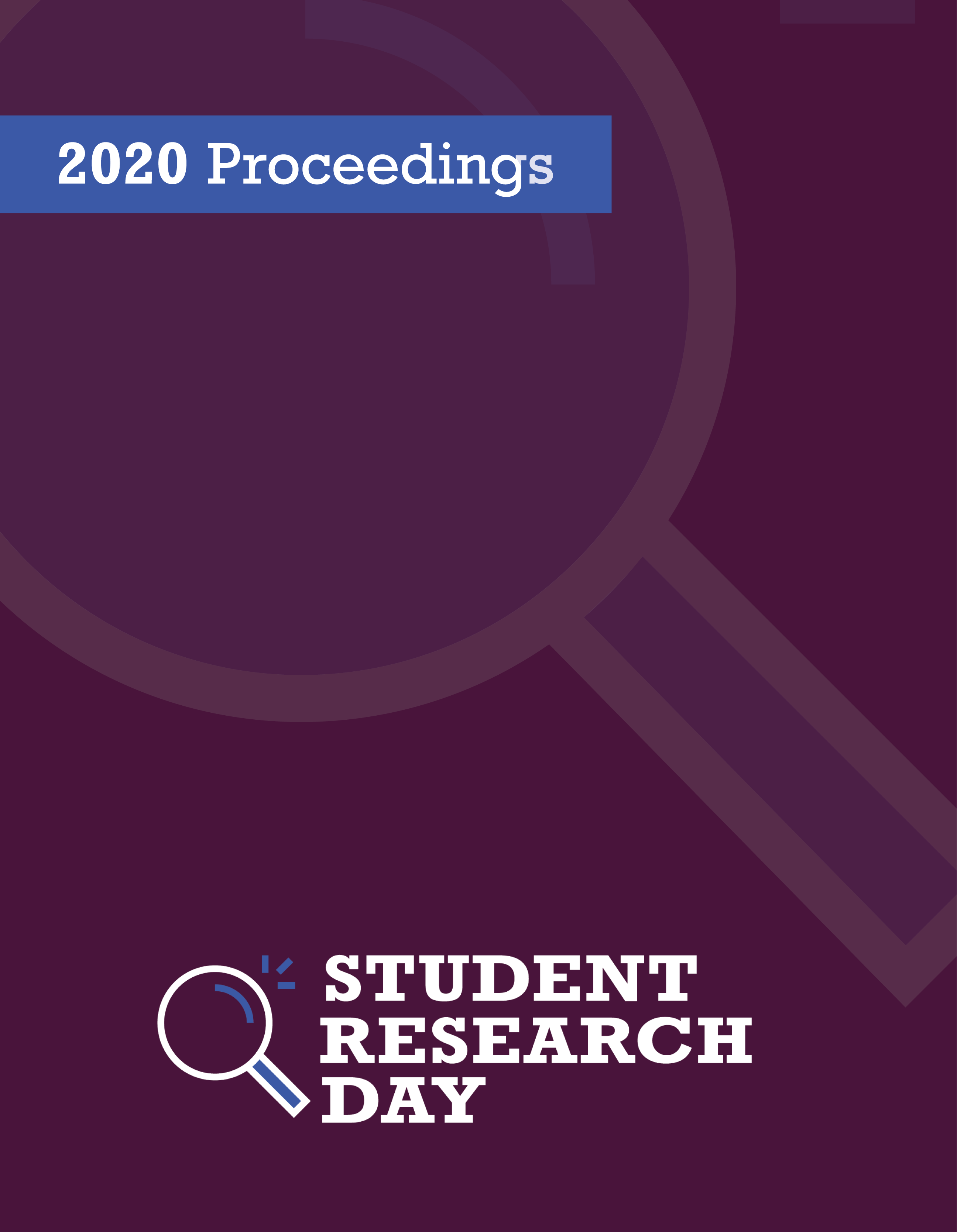Developing a Measure of Fatigue for Deaf and Hard of Hearing Students
Abstract
Fatigue is a prevalent issue in school-aged children and has been shown negatively impact well-being and academic performance. This is especially the case for deaf and hard of hearing (D/HH) students, who must produce greater auditory and visual efforts than their hearing peers, leading to greater levels of cognitive and physical fatigue. At present, there exists no standardized measure of fatigue that can be used in schools to specifically evaluate fatigue in students, let alone those who are D/HH. Such a measure would be incredibly valuable as it would allow for accurate identification of fatigue, allowing for supports and interventions to be implemented. The present research aimed to identify strengths and weaknesses of existing measures of fatigue in order to inform the construction of a measure that would specifically address fatigue in D/HH students. It was found that fatigue has largely been determined to be best assessed using a unidimensional measure with responses based on a 5- or 7-point Likert scale. Additionally, it was found that the development of measures usually follows the same general process. Items included in measures are typically generated based on focus-group interviews, then preliminary items are administered to a test group. Statistical tests are conducted based on the data generated to reduce the number of items, as well as to ensure reliability and validity. The next steps of this research will be to conduct focus group interviews to aid in generating preliminary items.
Presented in absentia on April 27, 2020 at "Student Research Day" at MacEwan University in Edmonton, Alberta. (Conference cancelled)
Faculty Mentor: Natalia Rohatyn-Martin
Department: Biological Sciences
Downloads
Published
Issue
Section
License
Authors retain any and all existing copyright to works contributed to these proceedings.



